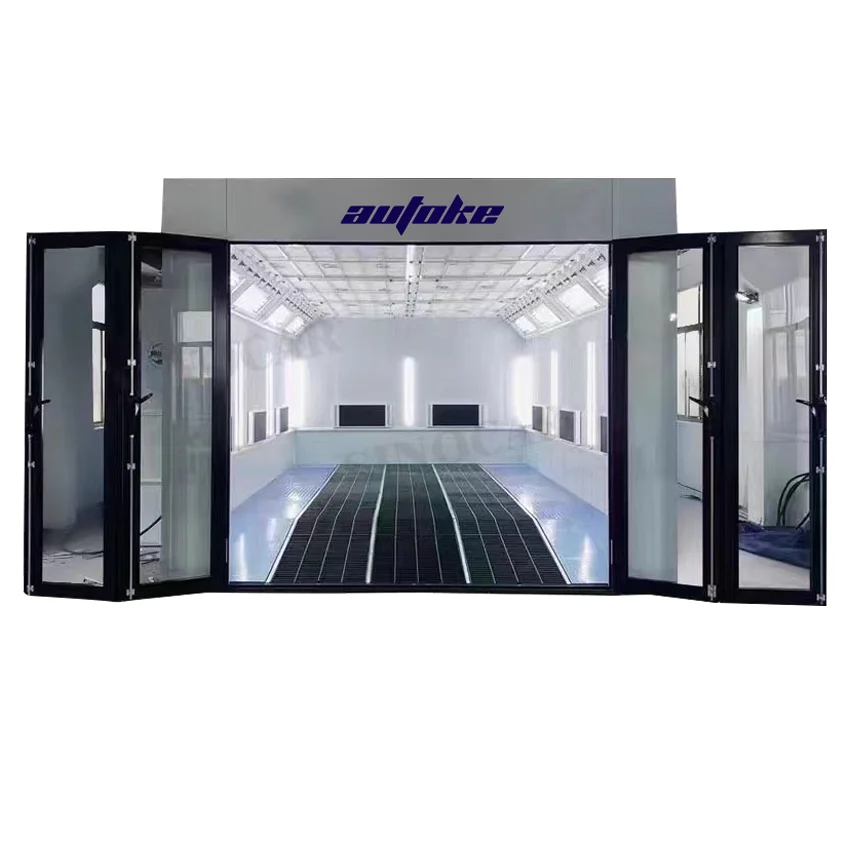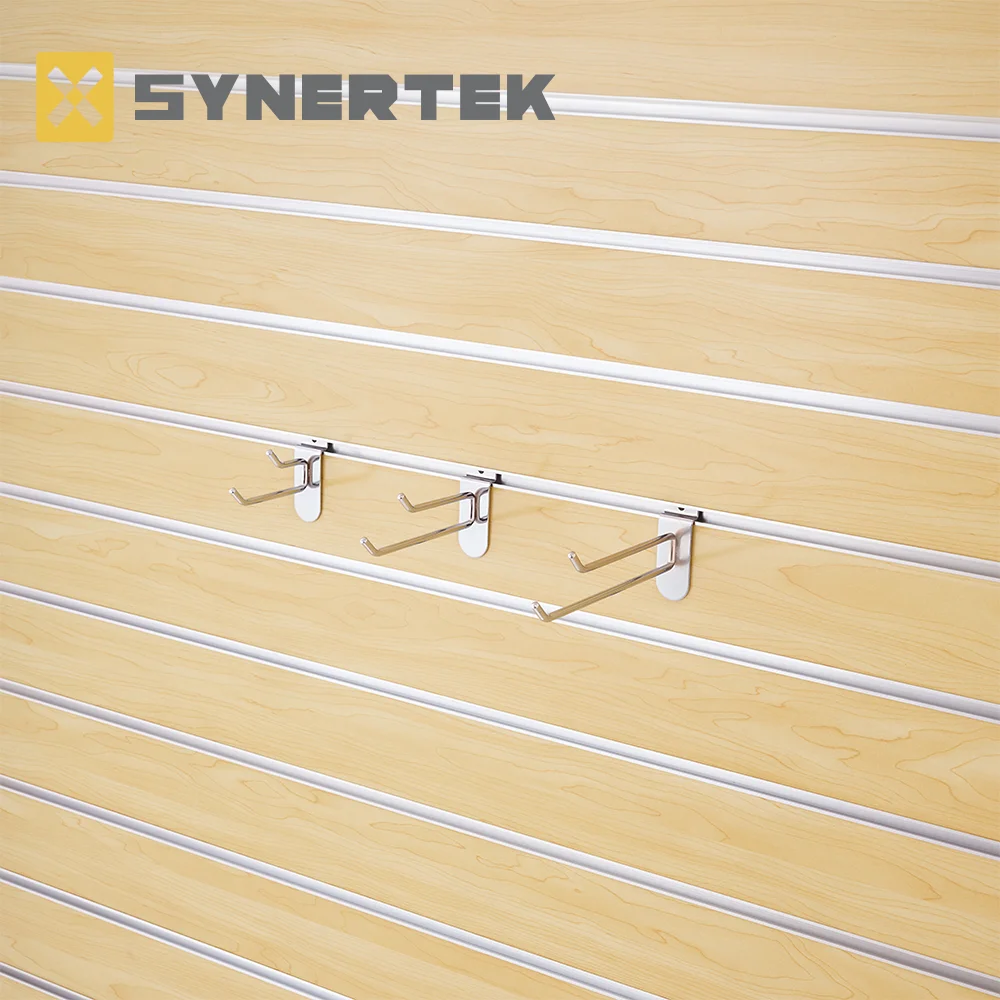In the realm of architecture and construction, cladding serves as a critical component, providing not only aesthetic appeal but also protection against environmental elements. However, as sustainability and innovation take center stage, many architects and builders are exploring alternatives to traditional cladding materials. This article delves into various substitutes for cladding, examining their benefits, applications, and potential drawbacks.
Understanding Cladding and Its Role
Cladding is the application of one material over another to provide a skin or layer, which serves multiple purposes, including insulation, weather resistance, and aesthetic enhancement. Traditional materials such as wood, brick, and vinyl have long been favored for their durability and appearance. However, the construction industry is evolving, and the demand for sustainable, cost-effective, and innovative solutions is on the rise.
- Fiber Cement Panels
Fiber cement panels are a popular alternative to traditional cladding materials. Composed of a mixture of cement, sand, and cellulose fibers, these panels offer exceptional durability and resistance to fire, rot, and pests. They can mimic the appearance of wood or stone while providing superior performance in various weather conditions. Additionally, fiber cement is low-maintenance and can be painted in a variety of colors, making it a versatile choice for modern architecture.
Pros:
- High durability and resistance to environmental factors
- Low maintenance requirements
- Versatile design options
Cons:
- Heavier than some traditional materials, requiring careful structural consideration
- Installation can be labor-intensive
- Metal Panels
Metal cladding, particularly aluminum and steel, has gained popularity due to its sleek, modern aesthetic and longevity. Metal panels are lightweight, recyclable, and can be treated to resist corrosion, making them suitable for various climates. They are often used in commercial buildings but are increasingly being adopted in residential designs for their contemporary look.
Pros:
- Lightweight and easy to install
- Highly durable and resistant to weathering
- Available in a wide range of finishes and colors
Cons:
- Can be prone to denting and scratching
- May require insulation to improve energy efficiency
- Natural Stone Veneer
For those seeking a more organic aesthetic, natural stone veneer offers a stunning alternative to traditional cladding. This material consists of thin slices of stone that can be applied to a variety of substrates. Natural stone provides a timeless look and exceptional durability, making it ideal for both interior and exterior applications.
Pros:
- Unique and aesthetically pleasing appearance
- Highly durable and weather-resistant
- Adds value to properties
Cons:
- Higher cost compared to other alternatives
- Heavier, requiring additional structural support
- Wood Alternatives
While traditional wood cladding has its charm, it often requires significant maintenance. Enter wood alternatives such as composite materials, which combine recycled wood fibers and plastic. These materials offer the warmth of wood without the drawbacks of rot and insect damage. They are available in various colors and textures, allowing for creative design possibilities.
Pros:
- Low maintenance and resistant to rot and insects
- Eco-friendly options available
- Versatile design capabilities
Cons:
- Can be more expensive than traditional wood
- May fade over time if not properly treated
- Green Wall Systems
As sustainability becomes a priority in modern architecture, green wall systems are emerging as an innovative alternative to traditional cladding. These systems incorporate living plants into the building's facade, providing natural insulation, improving air quality, and enhancing biodiversity. Green walls can be designed to suit various climates and can significantly reduce a building's carbon footprint.
Pros:
- Enhances energy efficiency and insulation
- Improves air quality and promotes biodiversity
- Unique and visually striking
Cons:
- Requires ongoing maintenance and care
- Initial installation can be costly
Conclusion: Choosing the Right Alternative
When considering alternatives to cladding, it is essential to evaluate the specific needs of your project, including aesthetic preferences, environmental considerations, and budget constraints. Each alternative offers unique benefits and potential drawbacks, making it crucial to conduct thorough research and consult with professionals in the field.

